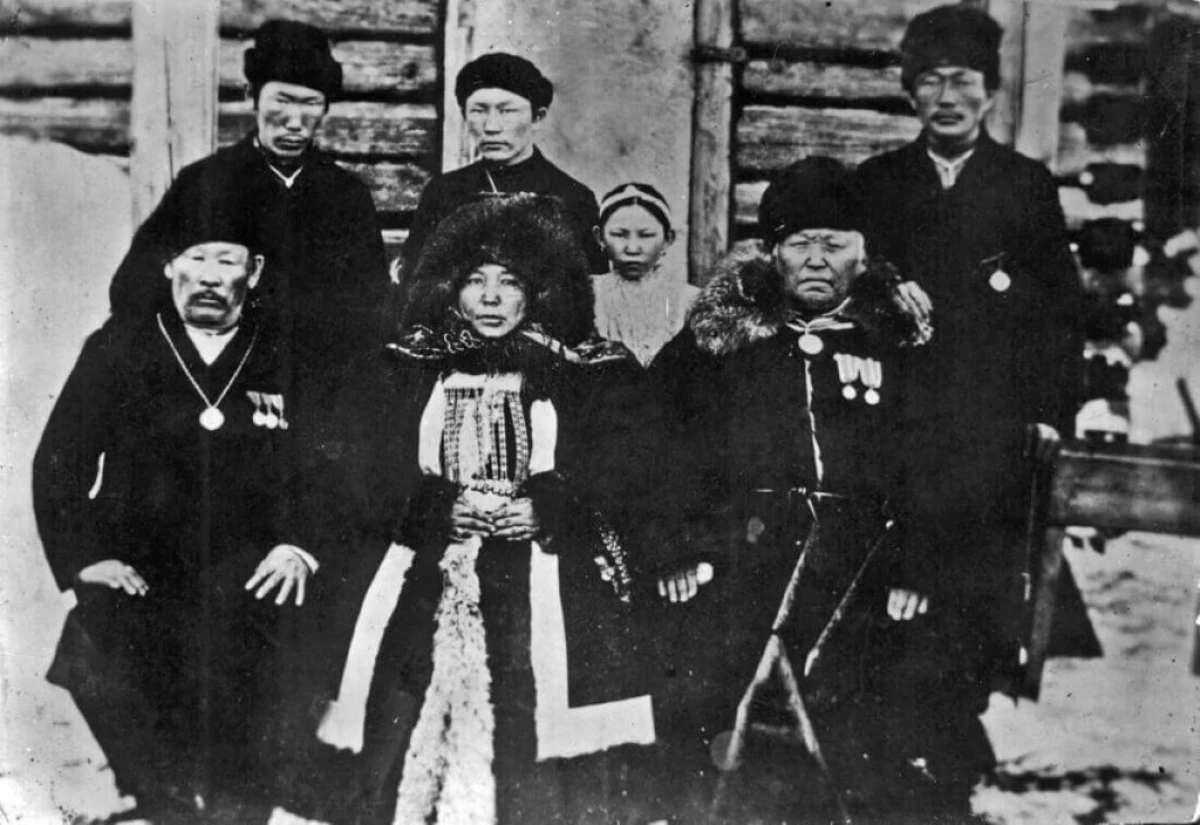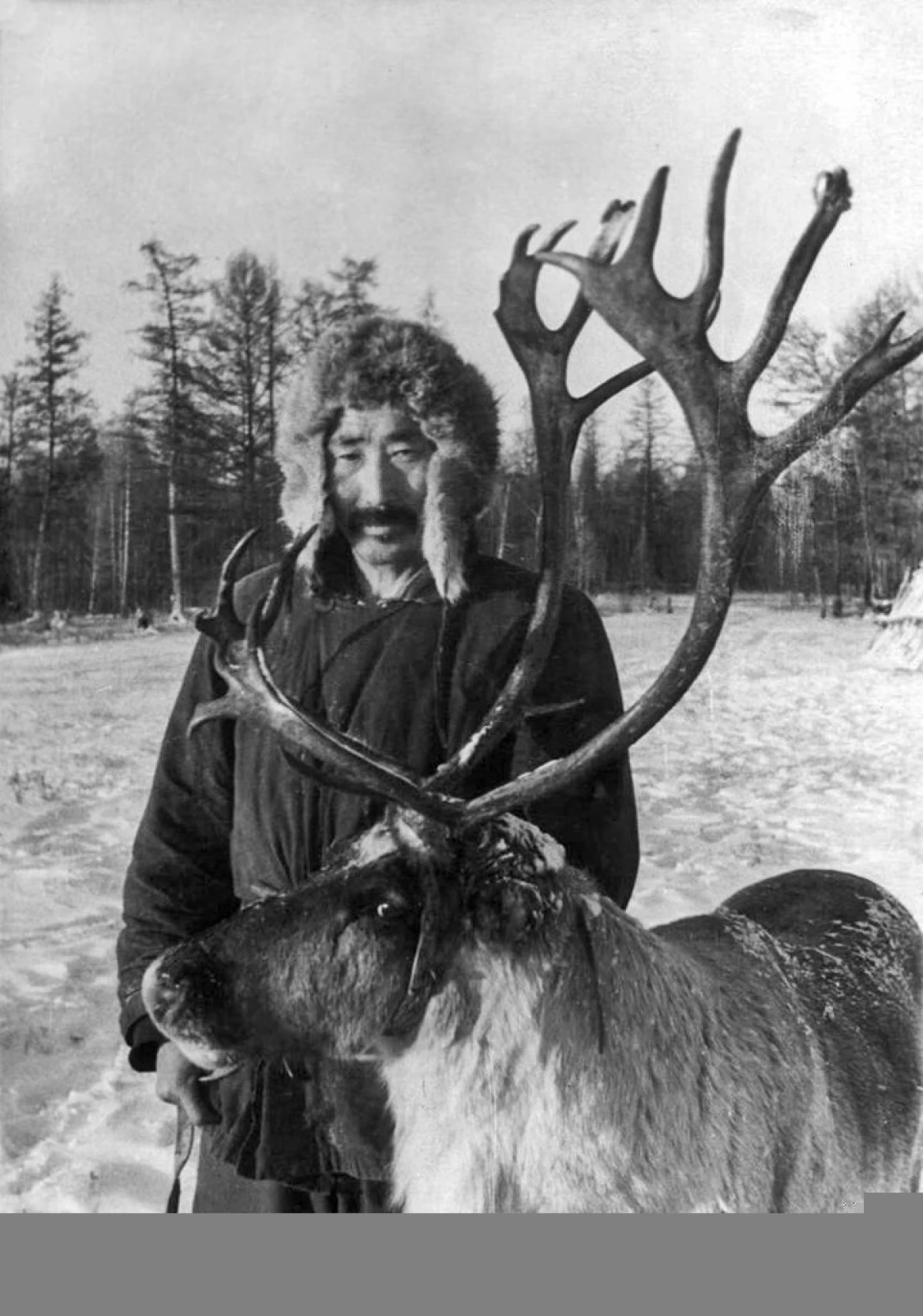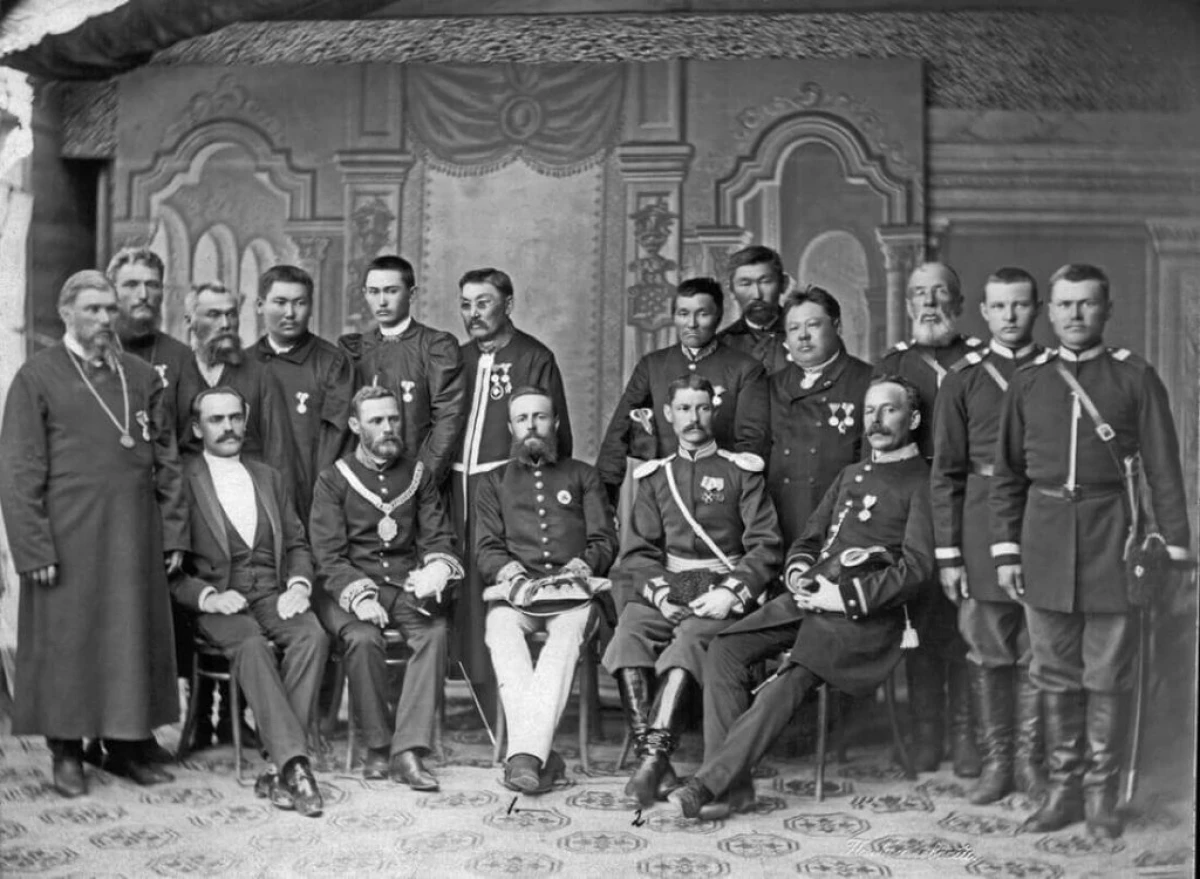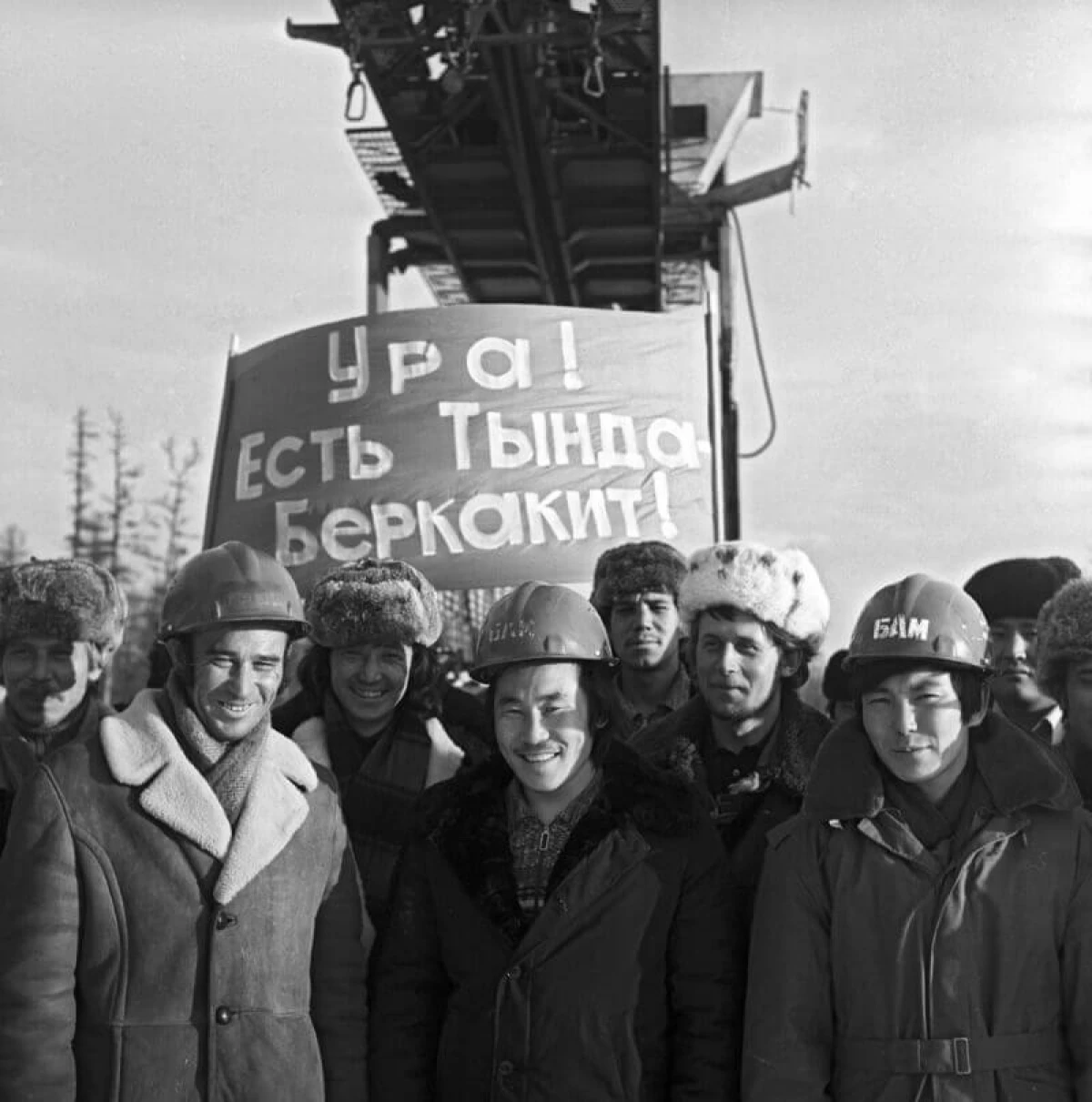Yakuts represent the most numerous people of Siberia. Today there are about 500 thousand people ranking themselves to this ethnic. The Yakut tribes published their homeland, surviving in the harsh conditions of this region and studying the development of traditional areas of human activity. This people belong to a sufficiently young - for the first time about their ancestors mentioned in the XIV century. Oddly enough, but initially the imparators of Yakuts lived in completely different territories, and in the current possessions they switched not so long ago. What was the past of the people of Sakha, what do Yakuts themselves call themselves? How did their relationship with neighboring tribes and the formation of the people themselves occurred?
Yakuta - Sakha and "demigods"
Among Yakuts are more common, their old self-adhesion is Sakha or Sakhalar. Sometimes they call themselves Uranhai, but this self-setting is almost not used, preserved only in local folklore. This ethnonym is consonant with the word "Uryanhai", as the ancient Mongolian tribes called. Such similarity points to the longtime relationship of the ancestors of Yakuts and Mongols. There is a lot of versions of the origin of Yakuts. And if one of them is based on the information of archaeologists and historical facts, then others resemble myths.

The authors of the ancient hypothesis were Yakuts themselves. Among this people, the legend was common in Starin that the first people of the world were representatives of their people. The first man ER Sogotok Elii was a celestial descendant from heaven. The first Yakuts appeared with his earthly woman and the first Yakuts appeared. Interestingly, to this day, Yakuts have a word defining their tribes. Translated from their adverb, it means "demigods". Of course, not too modest, but such devotion to ancient beliefs causes involuntary respect.

Formation of the people
But I propose to return to official science. Most researchers tend to the fact that the main ancestors of the people were the Kurykan tribes. They were a nationalist who lived in Siberia. Associately, the Kurykans were divided into three subgroups, from which related peoples in the future. Initially, the ancestors of Yakuts inhabited the Valley of the Yenisei, but were forced to move to the Baikal area. What caused the transition? According to the historian V.A.Stpanov, push the Kurykanov to the search for new lands could civilians could be in tribes, as well as those who were oppressed by their militant neighbors.

In the course of migration, Kurykans are mixed with local peoples, becoming the basis for the appearance of a new ethnic group - Yakuts. In the XV century, Yakut tribes move from Transbaikalia to the Lena pool, Aldan and Vilyuya. There they are assimilated with indigenous people, but parts of the communities manage to displace the Evenks and gain themselves on their lands.
Activity Yakuts
In the difficult conditions of the northern regions, Yakuta managed to develop horse breeding and cattle breeding. A special breed of cows was bred - Yakutskaya - which was ideal for life in the harsh climate of the North. In the XVII century, Yakut communities were able to extend the breeding of cattle into the Arctic areas of their lands. In parallel, reindeer herding developed, the principles of which Yakuts were adopted from Tungus. This period was the time of the heyday of the Yakut people. It is called the epoch of Tagyna Darhan, the ruler of the tribes of Yakuts known by numerous legends. It can be called a true national hero of this nation. Akademik A.P.Obladnikov in his book "History of Yakutia" writes:

Yakutia in Russia
Since 1623, the development of Yakutia Russian begins. The first in this region appeared the Cossacks Panthery Poland, that descended by the flow of Lena. In 1632, Peter Beketov was founded by the first Russian city of Yakutia, Lensky Ostrog. From this period, the Earth of the Yakuts became part of Russia. It is noted that the power of the Russians of the Yakuts accepted ambiguously. Yakutsky Ostrog (the one that was previously called Lensky) in 1634 was besieged by a large detachment of local residents. Yakuts wanted to evict the Cossacks, but their attack was reflected. In the future, the resistance continued, and some of the Yakuts was forced to retreat in remote areas. It should be considered that the power of the Russians in Yakutia brought only negative changes and the infringement of the rights of the local population. The spread of Christianity contributed to raising the level of education and development of educational ideas among Yakuts. The Russian people of Yakutia adopted the principles of agriculture, which began to successfully implement on their lands. Large settlements and cities began to appear, the development of which was based on permanent trade with Russians.

New Times for Yakuts
The development of industrial potential of Yakutia falls on the Soviet period. In the 1920s, the development of Altai gold deposits begins. A significant role in the life of Yakutia was played by the construction of the seaport of Tiksi, thanks to which shipping tracks began to bind the hard-to-reach regions of the region. In the middle of the last century, several diamond fields were opened by Yakuta, which gave the development of the diamond-producing industry. In 1991, the land of Yakut was proclaimed by the Republic of Sakha (Yakutia). At that time, the transition to the market principles of the economy occurs, enterprises are privatized, various forms of ownership existing to this day appear.

The history of Yakuts opens a number of difficult pages in the fate of this nation. Proud and persistent saha learned to resist the most different tests - from the whims of the elements to the attacks of the neighboring tribes. They believe that the brightest moments for them keeps the future, however, and you should not forget about the past. "Would a horse, there will be a saddle; There would be a knife, there are no sheaths, "the old Yakut proverb says. And with this statement can not disagree.
